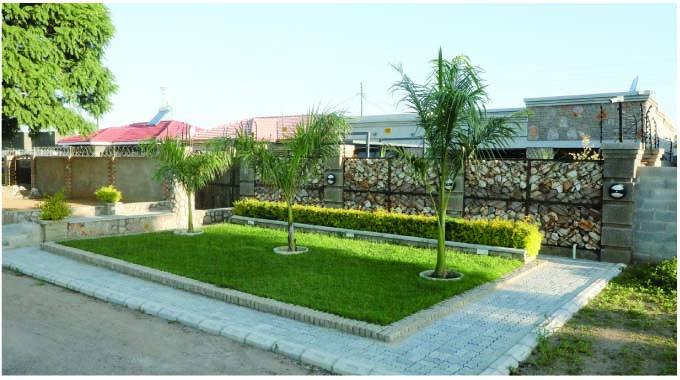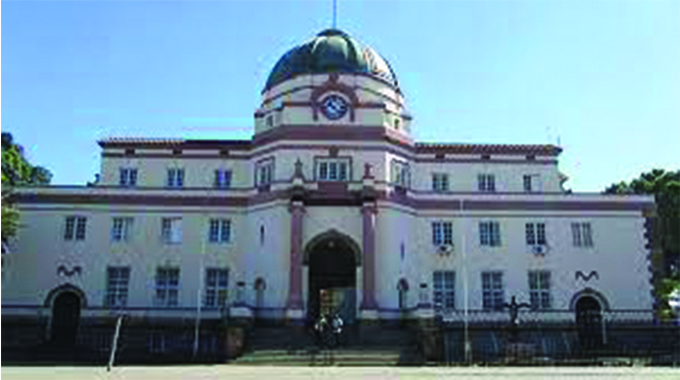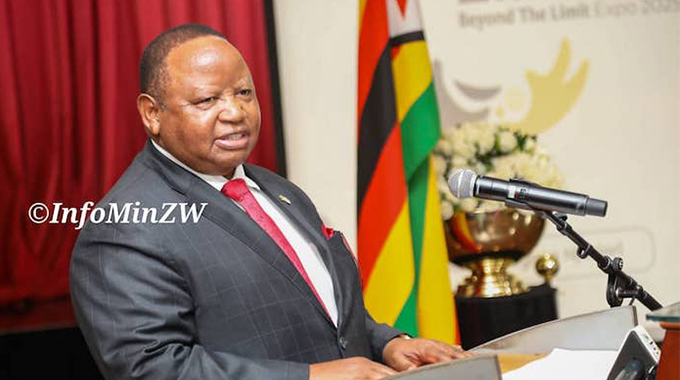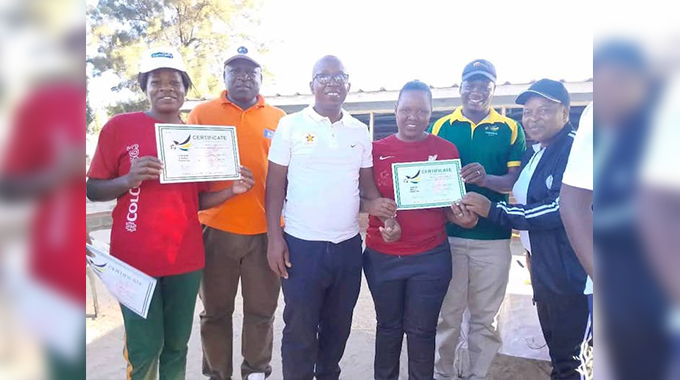Burbs in the ghetto: little paradise built ekasi baffles residents

Raymond Jaravaza, Saturday Chronicle Correspondent
SANDWICHED between two very old suburbs, Nguboyenja and Thorngrove, that were reserved for people of colour by the Rhodesian government, sits a little paradise with houses that literally dwarf the surrounding neighbourhoods thanks, to their imposing architecture and size.
For the residents of Nguboyenja, the little paradise, which falls under Thorngrove, is a rose that grew from concrete. It still baffles their minds why such imposing houses with high walls and steel gates that keep intruders out while offering the inhabitants a peace of mind were even built next to their humble township.

Not to say that Nguboyenja does not have beautiful homes, but residents of the township are still perplexed why the owners of the huge houses, whose fixation with manicured lawns is evident by the lush green carpet in and outside their gates, found it necessary to build the large structures in their “location”.
“I have been a resident of Nguboyenja for more than 50 years now, in fact this house belonged to my late parents, so I have been living here since I was born. I never dreamt that one day I will be looking at such big and beautiful houses across the road from my window.
I only used to see such houses in suburbs like Hillside, where I once worked as a maid, where the rich people live but here we are now; the same houses in Hillside are just a few metres from my three-roomed house,” Nobuhle Sihwa said.
She still can’t believe that the sort of affluence she associates with Hillside, a well-off suburb that she knows all too well from her working days, is now a stone’s throw from her humble home.
“The area where the houses are built used to be a bushy area that divided this part of Nguboyenja and Thorngrove and my brothers and their friends used to play when we were growing up. The area was a sort of no-go area for Nguboyenja kids as fights used to break out between the township boys and the kids from Thorngrove,” she said..
Sihwa says growing up in the high density in the 1980’s when she was a little girl, the divide between Nguboyenja and Thorngrove was clear as day and night because their neighbours had “flashy” homes with English street names, big yards to play in and cars.
“Our houses were all the same and one could only differentiate one from the other because of the fruit trees grown in the yard and the address whereas the Thorngrove houses were bigger, had bath tubs and ceilings so we envied them,” she said.
Seeing a mini-Hillside right next to her gate is a sight she never thought she would see in her lifetime.
“People have changed, instead of flocking to low density suburbs they are now bringing Hillside right here in townships by building beautiful houses with well-kept lawns, borehole water, high walls and big gates,” added Sihwa.
If her memory is correct, the flashy houses started being constructed around 2017.
The speed at which the houses, 30 of them in total, were built surprised her.

Houses in the affluent suburb near Nguboyenja
At least 80 percent are complete and the owners are already living in the homes while the few that remain incomplete are making steady progress.
A maid at one of the homes told Saturday Chronicle that her employer’s husband is based in the United States and that she has been working for the home owners for a year.
“It’s a quiet neighbourhood and I hardly see the people that stay at the next house,” said the maid who only identified herself as Pamela.
Most of the homes are under 24-hour private security protection and armed guards regularly patrol the single line of the big houses, giving the Nguboyenja residents a sense of safety from criminals.
“I sleep well at night knowing that thieves stay away from our area for fear of armed security guards who protect those houses,” said Sihwa.
Historical context: Nguboyenja suburb is one of Bulawayo suburbs with names that document the rich Ndebele history. From just one African township in 1894, renowned historian Pathisa Nyathi tells us that Bulawayo today has more than 16 western suburbs.
In an article published by the Chronicle on 31 May 2014, Nyathi explains that for nearly 35 years, Makokoba was the only suburb for Africans in Bulawayo.
In 1931, the Southern Rhodesian government of Sir Godfrey Huggins built the Luveve African Village. A couple of years later the next township to be built was Mzilikazi.
More townships were built in the post-World War II era among them Nguboyenja, which was named after one of King Lobengula’s sons. –@RaymondJaravaza












Comments